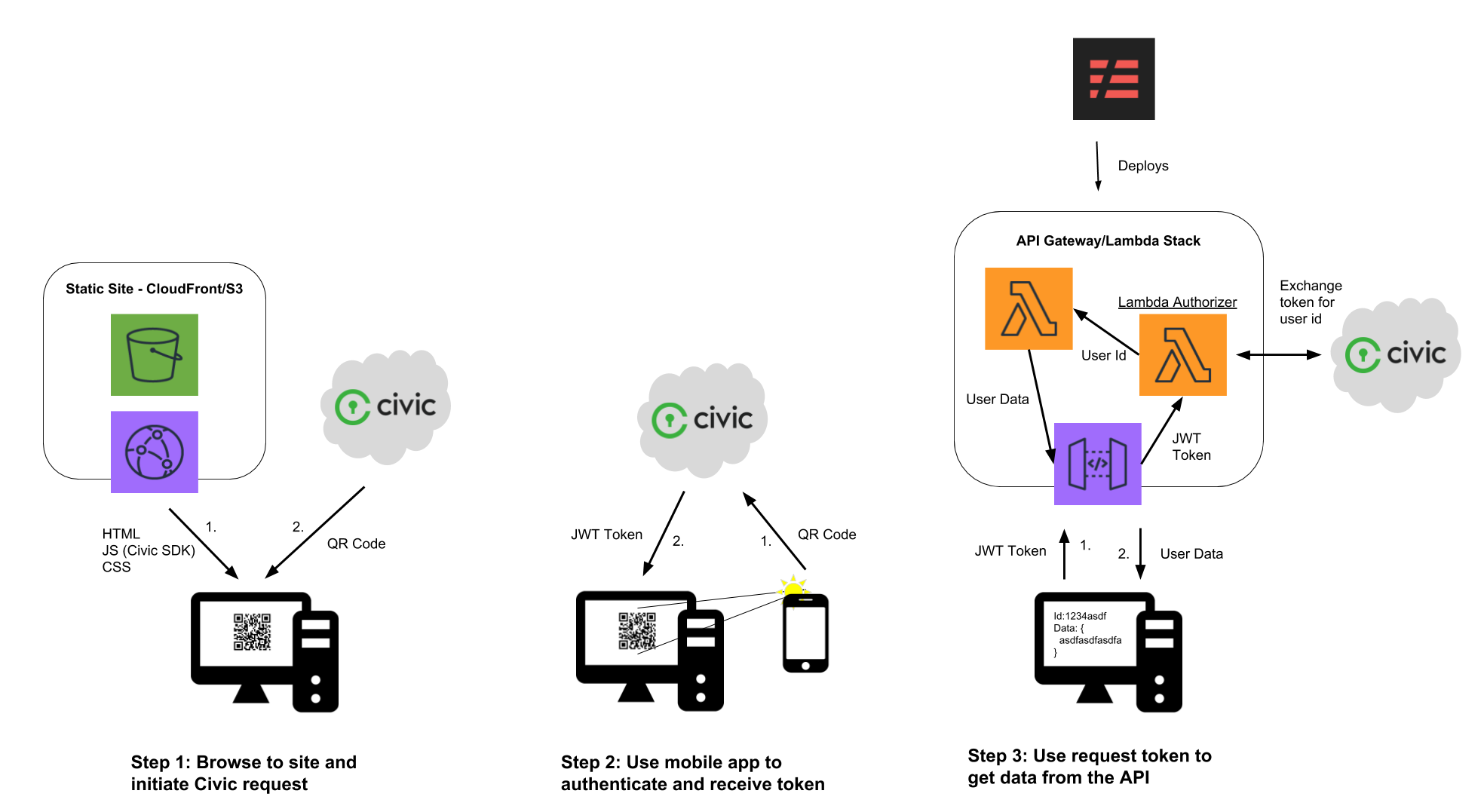

- #NPM SERVERLESS DOMAIN MANAGER FOR FREE#
- #NPM SERVERLESS DOMAIN MANAGER HOW TO#
- #NPM SERVERLESS DOMAIN MANAGER INSTALL#
- #NPM SERVERLESS DOMAIN MANAGER CODE#
- #NPM SERVERLESS DOMAIN MANAGER FREE#
What's cool is that Dashbird is free, and doesn't require a credit card to sign up. If it does, there shouldn't be any errors in the browser console, nor in the Dashbird app. I usually look at my Dashbird metrics while testing an app to make sure it all works as expected. You'll still be able to use the default endpoints, but now you also have it tied up to your domain. Go have a coffee.īack? Okay, go ahead and deploy it all once again. It usually takes around 20 minutes for AWS to provision a new distribution. Make sure that you've added the certificates to your AWS account. This will create a CloudFront distribution and hook it up to your domain. We've already added the configuration in the serverless.yml but there's one more command we need to run. But, there's one more thing for us to do. You'll see the terminal return some output with the endpoint for your app. It'll build the Nuxt app and deploy the serverless service as we specified in the serverless.yml.Īll you need to do is run: $ npm run deploy Deploy the App to AWS LambdaĪt the very beginning, we added a script to our package.json called deploy.
#NPM SERVERLESS DOMAIN MANAGER CODE#
Note: If you're stuck, here's what the code looks like in the repo. It will add custom fields in the of your page, giving it proper SEO support! hello ��`Īs you can see in these files there's a head() function. Now, your package.json should look something like this.

Sweet! $ npm i -save-dev serverless-domain-manager This one will let us tie a domain to our endpoints. Apart from them, we need one more as a development dependency. These are our production dependencies, and I'll go into more detail explaining what they do a bit further down. $ npm i axios nuxt express serverless-http serverless-apigw-binary
#NPM SERVERLESS DOMAIN MANAGER INSTALL#
$ npm init -yĪfter the package.json file is created, you can install a few dependencies. There should be three files in there, but for now, let's first initialize npm. Install npm ModulesĬhange into the serverless-side-rendering-vue-nuxt folder in your terminal. The path will create a folder for the service. Passing in aws-nodejs will set the runtime to Node.js. We need to pick a runtime for the function. The create command will create a new service. It's where you define AWS Lambda functions, the events that trigger them and any AWS infrastructure resources they require, all in a file called serverless.yml.īack in your terminal type: $ serverless create -template aws-nodejs -path serverless-side-rendering-vue-nuxt What's a service you ask? View it like a project. Now you're ready to create a new service. Create a ServiceĬreate a new directory to house your Serverless application services.

Now your Serverless installation knows what account to connect to when you run any terminal command. Jump over here for the explanation, then come back and run the command below, with the provided keys. But for it to communicate with your AWS account you need to configure an IAM User. Once installed globally on your machine, the commands will be available to you from wherever in the terminal. Note: If you're using Linux or Mac, you may need to run the command as sudo. In order for serverless development to not be absolute torture, go ahead and install the Serverless framework. Phew, with that out of the way, let's get crackin'! Configure and Install DependenciesĪs always, we're starting with the boring part, setting up the project and installing dependencies. I usually have Dashbird opened in a separate tab to monitor all my serverless resources in real time.
#NPM SERVERLESS DOMAIN MANAGER HOW TO#
So, what do we need to do? Well, deploy this whole application to AWS Lambda! It is a tiny Node.js instance after all.īut this raises a concern: how to monitor and debug it if everything goes horribly wrong. However, the key takeaway here is the word server. To accomplish this we need to spin up a simple Express server and configure the Nuxt renderer to serve files through Express. We'll grab Nuxt.js, which is a framework for creating universal Vue.js applications, and configure it to server-side render our pages. That won't do, meaning we also want the app to have server-side rendering. We want a super fast Single Page Application.
#NPM SERVERLESS DOMAIN MANAGER FREE#
Note: The code we will write is already on GitHub if you need further reference or miss any steps, feel free to check it out.
#NPM SERVERLESS DOMAIN MANAGER FOR FREE#
All this while hosted basically for free in a serverless environment on AWS Lambda. The SEO boost server-side rendering provides, and the speed of a Single Page Application. That's a mouthful of a title right there.


 0 kommentar(er)
0 kommentar(er)
